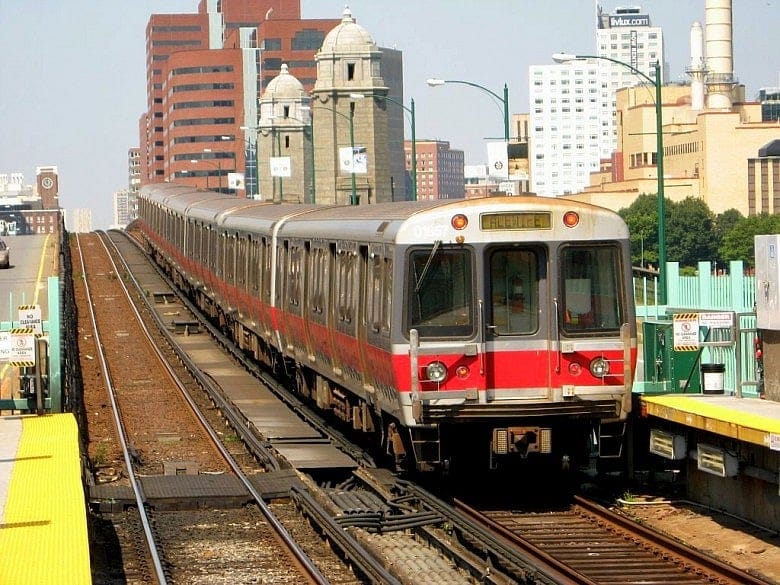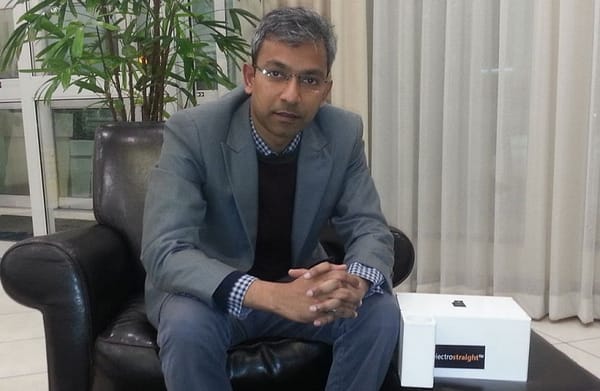T fares may climb as MBTA eyes riders to help close budget gap

BOSTON – T riders may be called on to help ease a growing budget shortfall at the Massachusetts Bay Transportation Authority.
Increasing fares is one of several options the agency's fiscal management control board is considering as it comes up with a plan to tackle a gap projected to hit $242 million in fiscal 2017 compared with $170 million in the current fiscal year as expenses rise faster than revenue. Possibly revamping the T's advertising policies and boosting parking fees are also under discussion, according to board member Steve Poftak.

